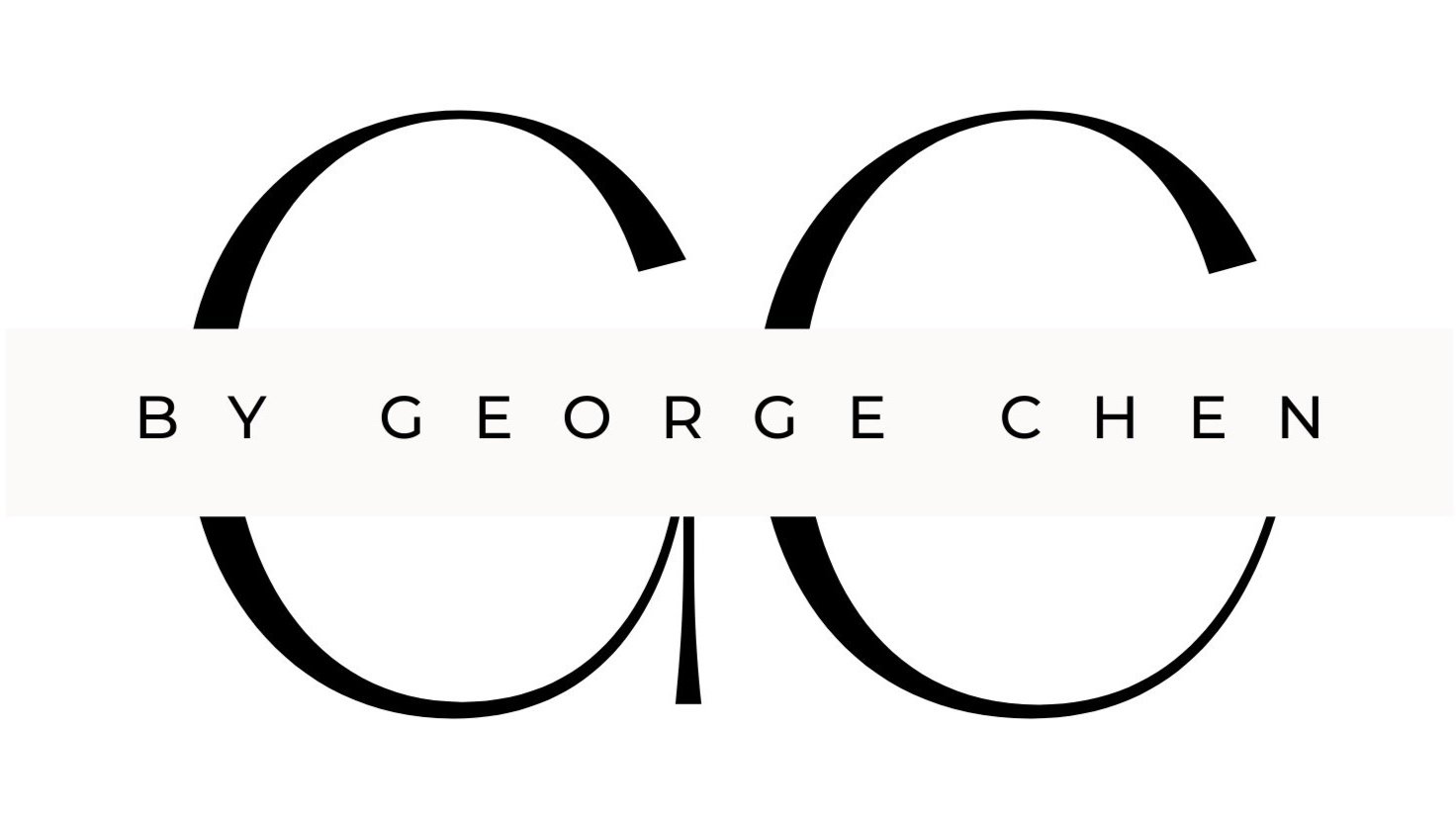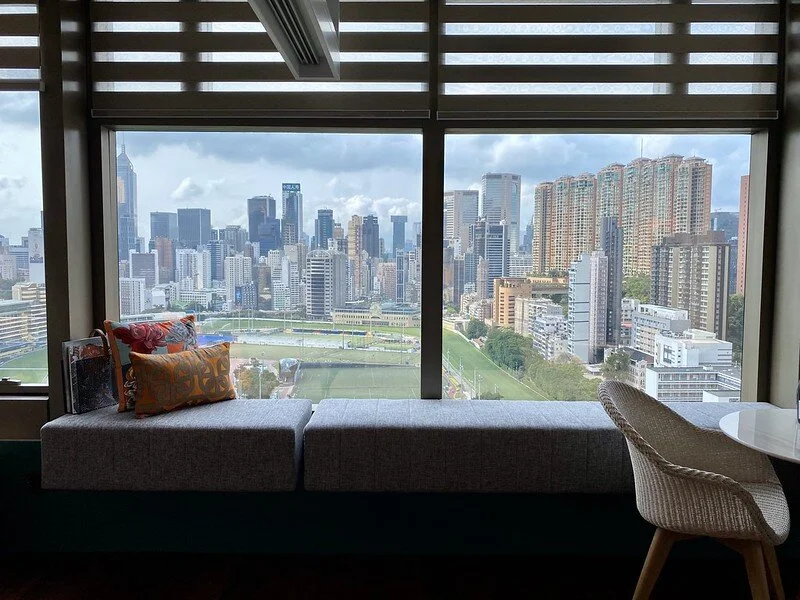About “Dear Happy Valley”
Why is Happy Valley called a “happy valley”?
There are many theories or mysteries to explain. Happy Valley (which literally translates as “快活谷“ and is officially known as “跑馬地“ in Chinese) was previously rice paddies farmed by the villagers of So Kun Po, but most of the valley was eventually drained by the British Hong Kong Government due to the prevalence of malaria. The name "Happy Valley" was thought to be a little ironic joke by then the British army to describe this very unhealthy and deadly area.
The transformation of Happy Valley into a really “happy” valley for the people of Hong Kong began with its racing history. Although the valley has more than 150 years long history, its golden times started to emerge in the early 20th century when horse racing at Happy Valley was flourishing. Gymkhana events introduced in the late 1890s continued as extra meetings following the annual spring race meetings in the valley. A breakthrough for Chinese racing enthusiasts came in 1926 when the Jockey Club opened its membership to them for the first time.
Geographically, Happy Valley is usually considered as an area surrounded by Caroline Hill Road to the east, Tai Hang Road and Stubbs Road to the south, Canal Road Flyover and westbound section of Wong Nai Chung Road to the west, and Leighton Road to the north. The area is bordered by hills including Caroline Hill (to the east), Jardine's Lookout (to the south), and Morrison Hill (to the west). Therefore Happy Valley is indeed a relatively small valley surrounded by all the hills and mountains. Administratively, Happy Valley is part of Wan Chai (灣仔), one of the official 18 districts in Hong Kong.
Apart from the huge green racecourse, which almost feels like the Central Park in Manhattan of New York City, Happy Valley is home to two most prestigious private hospitals, Hong Kong Sanatorium & Hospital and Hong Kong Adventist Hospital (on Stubbs Road). Today it’s also home to a number of sports clubs including rugby club Valley RFC, Craigengower Cricket Club (often known by the local as the “CCC”), Hong Kong FC football club, and several cemeteries including the Hong Kong Cemetery, one of the oldest since the colonial era of Hong Kong.
The locals often define Happy Valley as the “Upper Happy Valley” versus “Lower Happy Valley”, pending on the distance to the racecourse (lower) or to the hills and mountains (upper), which feels like how people define the Midtown in New York City. The people and society of Hong Kong have been always very sensitive to social class and such beliefs may or may not have something to do with British culture and influence for more than a century. Even to this day, local property agents will like to pitch their potential buyers for apartments in Happy Valley (one of the most expensive areas in Hong Kong in terms of property prices) by positioning this area as an “upper-income residential area”, equivalent to other “rich areas” like the Middle Levels (半山) and Peak (山頂).
Happy Valley now also houses quite a number of popular pubs and restaurants, mostly for Western cuisine like avocado sandwiches for breakfast or rib eye for dinner, thanks to a fast growing community of expats. Cantonese is the official local language for Hong Kong, but you shouldn’t be surprised if you overhear French, German, and perhaps some Italian when you walk around in Happy Valley. Oh, did I forget to mention English is also the official language for Hong Kong? English of all sorts, no matter your Australian or Singaporean accent.
The best way to explore Happy Valley is by walk. Walking around in Happy Valley along the racecourse and enjoying the lively atmosphere is always a great and wonderful hobby in leisure time. For foodies (especially for coffee lovers!), Happy Valley can be your paradise. For photographers, you will find a lot of old and new elements mixed together. Check out my photos about Happy Valley here.
I hope now you may get a better sense of Happy Valley. Putting its mysterious and a bit sad history behind, nowadays I believe there is only one reason behind the name “Happy Valley”, and that is to say the residents here wish this small but lovely community to remain a peaceful and happy one forever in Hong Kong.
I started this small part-time project “Dear Happy Valley” as an extension of my personal website “By George Chen” in June 2021, shortly after I moved in this area. I’ll keep writing and sharing my discovery of HV. Speaking as a journalist in my previous life, writing has been always both my job and hobby. You can contact me here if any questions or recommendations.

